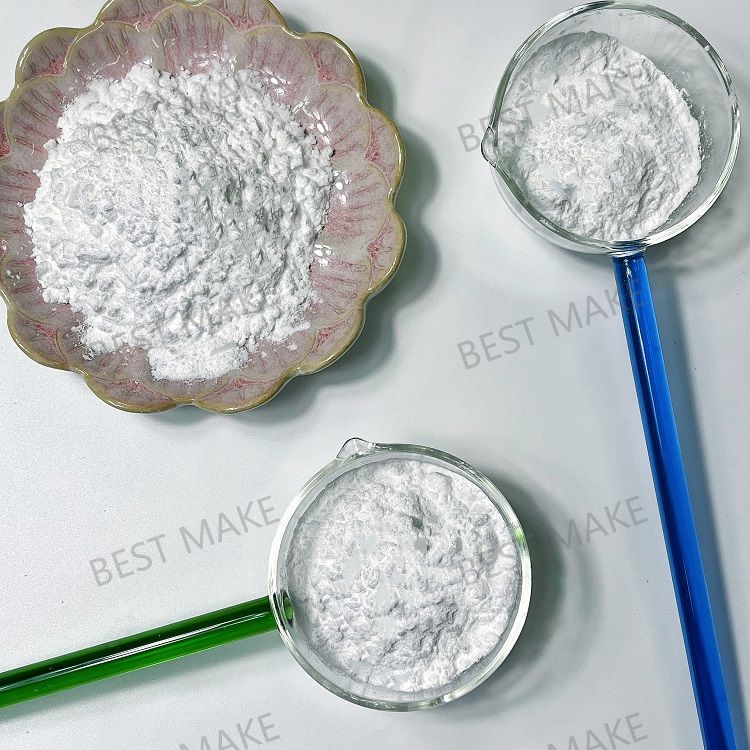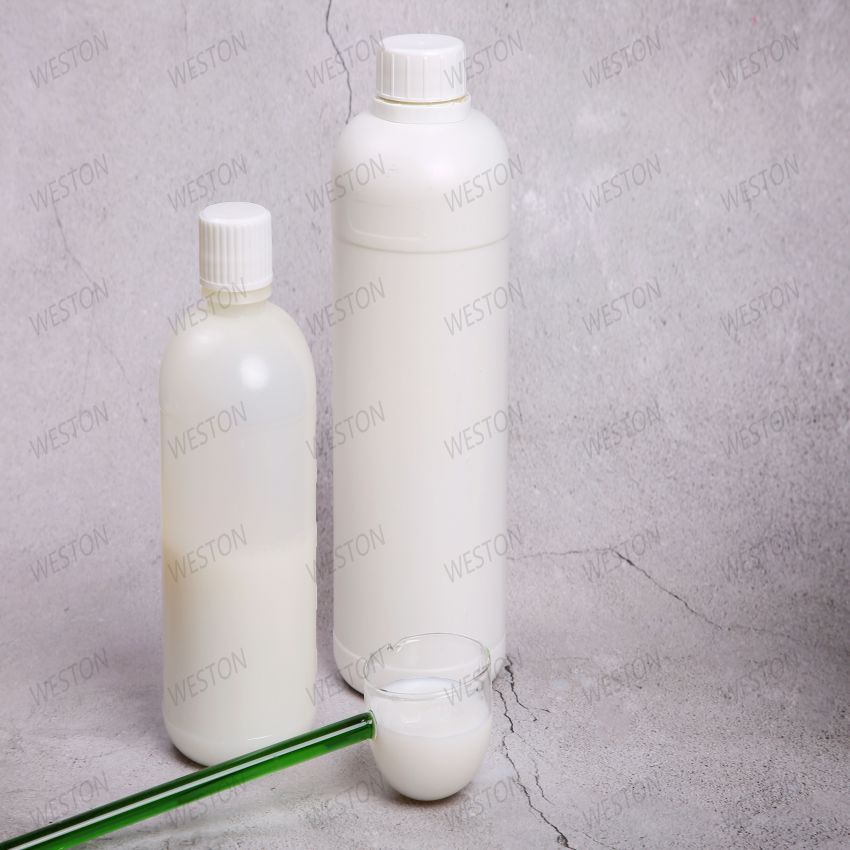-
Categories
-
Pharmaceutical Intermediates
-
Active Pharmaceutical Ingredients
-
Food Additives
- Industrial Coatings
- Agrochemicals
- Dyes and Pigments
- Surfactant
- Flavors and Fragrances
- Chemical Reagents
- Catalyst and Auxiliary
- Natural Products
- Inorganic Chemistry
-
Organic Chemistry
-
Biochemical Engineering
- Analytical Chemistry
- Cosmetic Ingredient
-
Pharmaceutical Intermediates
Promotion
ECHEMI Mall
Wholesale
Weekly Price
Exhibition
News
-
Trade Service
20.
1.
4 Residue analysis technology
20.
1.
4.
1 Pre-processing method
In residue analysis, the ultimate goal of sample pretreatment is to separate the components to be tested from the sample matrix and reach a state that can be detected by residue analysis
.
Its main function is to release the analyte from the sample and remove the interfering substances in the sample
(1) Extraction method
1) Liquid liquid extraction (LLE)
The extraction of PEs mostly uses the traditional LLE method
.
Commonly used extractants mainly include methanol , acetonitrile , isooctane , acetone and so on
Pan Yunci and others determined the SAL residues in broiler muscles, liver, kidney and adipose tissue.
The tissue samples were homogenized with methanol and extracted, and then distributed by adding carbon tetrachloride to liquid-liquid distribution.
The determination was carried out after purification by silica gel chromatography column
.
The limit of detection (LOD) of the method can reach 0.
Matabudul et al.
detected 5 kinds of PEs residues in animal livers and eggs, added anhydrous sodium sulfate to the tissues for dehydration, extracted with acetonitrile, purified by silica gel column, and analyzed by liquid chromatography-tandem mass spectrometry
.
The average recovery rates of drugs in poultry liver and eggs are between 92%~118% and 86%~110%, respectively.
Zhang Suxia and others used isooctane to extract MON and SAL residues in broiler muscles, livers and fats, and then purified them with silica gel columns and detected them by high performance liquid chromatography-post-column derivatization
.
The LODs of MON and SAL were 0.
Xiang Xinhua et al.
detected MAD residues in rabbit livers, using acetone-water (9+1, v/v) as the extract, purified by an immunoaffinity chromatography column, and detected by high performance liquid chromatography
.
The LOQ of this method is 0.
2) Ultrasonic-assisted extraction (UAE)
UAE uses the cavitation effect of ultrasonic waves to increase the penetration of the solvent, increase the dissolution rate and the number of dissolution of the drug, thereby increasing the diffusion of material components, shortening the extraction time, and accelerating the extraction process
.
Chen Xiaomei and others determined MON residues in chicken.
The samples were stirred with methanol-water (85+15, v/v), and ultrasonically assisted for extraction for 5 minutes.
After the extract was filtered, it was further purified with dichloromethane for liquid-liquid distribution and solid phase extraction column.
Measured by high performance liquid chromatography-post-column derivatization method
.
The method recovery rate is 88.
3) Solid phase microextraction (SPME)
The solid phase microextraction technology is a novel sample pretreatment and enrichment technology that emerged in the 1990s
.
Immerse the fiber head in the sample solution or headspace gas for a period of time while stirring the solution to accelerate the speed at which the two phases reach equilibrium.
Related link: Maximum allowable residue limits for polyether drugs







